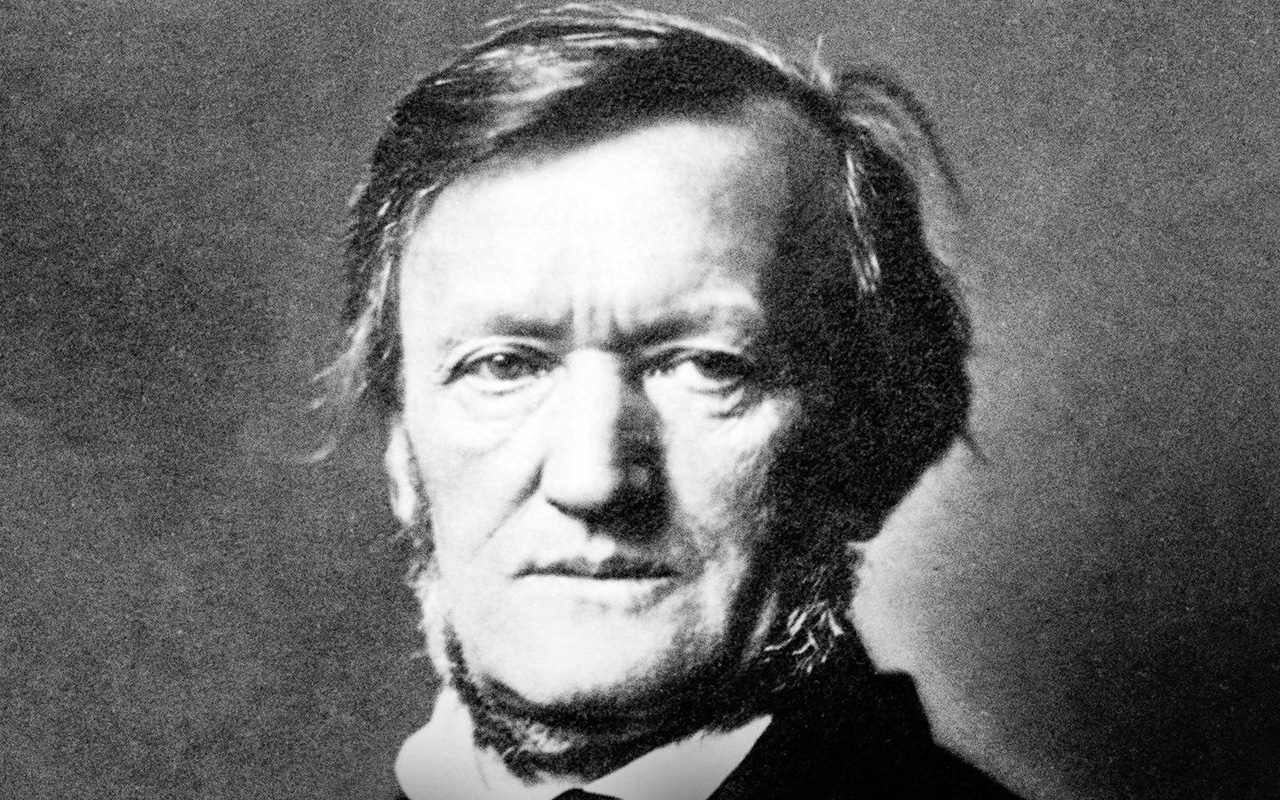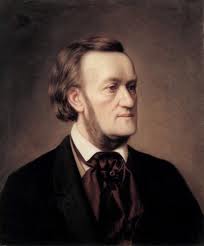Richard Wagner (1813-1883), a towering figure in the world of classical music, revolutionized opera through his innovative use of leitmotifs and orchestration. His works, characterized by complex musical and dramatic structures, have left an indelible mark on Western music. Here’s a look at Wagner’s ten greatest compositions, showcasing the breadth and depth of his genius.
1. The Ring Cycle (Der Ring des Nibelungen)
The “Ring Cycle,” Wagner’s magnum opus, consists of four operas: Das Rheingold, Die Walküre, Siegfried, and Götterdämmerung. This monumental work, which took over 25 years to complete, is a synthesis of myth, music, and drama. Spanning 15 hours, the cycle explores themes of power, love, betrayal, and redemption through a complex web of leitmotifs.
Key Moments:
- The Ride of the Valkyries from Die Walküre: An exhilarating orchestral piece that has become iconic in popular culture.
- Siegfried’s Rhine Journey from Götterdämmerung: A majestic orchestral interlude illustrating Siegfried’s travels.
2. Tristan und Isolde
Tristan und Isolde is a groundbreaking opera that pushed the boundaries of tonality and harmony. The famous “Tristan chord” is considered a pivotal moment in the evolution of Western music, foreshadowing modernist developments. This tragic love story is rich in emotional intensity and musical innovation.
Key Moments:
- Prelude: The prelude introduces the opera’s central theme of unfulfilled longing.
- Liebestod: Isolde’s final aria, a profound expression of transcendental love and death.
3. Die Meistersinger von Nürnberg
A rare example of Wagnerian comedy, Die Meistersinger von Nürnberg is an exploration of art, tradition, and innovation set in 16th-century Nuremberg. Unlike his other operas, it focuses on human characters and social issues rather than mythology.
Key Moments:
- Overture: A masterful introduction combining themes that appear throughout the opera.
- Hans Sachs’ Monologue: A reflective aria on the nature of art and change.
4. Parsifal
Parsifal, Wagner’s final opera, is a profound meditation on redemption and compassion. Set in the world of the Holy Grail, the opera blends Christian mysticism with Arthurian legend. Wagner called it a “Bühnenweihfestspiel” (stage consecration festival play), reflecting its spiritual and ceremonial character.
Key Moments:
- Prelude: A serene and mystical orchestral introduction setting the spiritual tone.
- Good Friday Music: A moving orchestral piece reflecting Parsifal’s enlightenment and the world’s renewal.
5. Tannhäuser
Tannhäuser combines medieval legend with themes of love, redemption, and the conflict between sensual and spiritual desires. Known for its challenging vocal and orchestral demands, the opera features some of Wagner’s most beautiful and dramatic music.
Key Moments:
- Overture: A powerful and dramatic introduction combining themes of love and redemption.
- Pilgrim’s Chorus: A stirring hymn reflecting the pilgrims’ journey towards forgiveness.
6. Lohengrin
Lohengrin is a romantic opera based on German legend. It tells the story of the mysterious knight Lohengrin, who arrives to save Elsa of Brabant. The opera is renowned for its ethereal orchestration and memorable arias.
Key Moments:
- Prelude: A shimmering orchestral piece evoking the mystical Grail.
- Bridal Chorus: Also known as “Here Comes the Bride,” this piece has become a wedding standard.
7. The Flying Dutchman (Der fliegende Holländer)
Wagner’s early opera, The Flying Dutchman, is a dark, stormy tale of a ghostly ship captain condemned to wander the seas until he finds true love. The opera’s dramatic score captures the supernatural and tempestuous nature of the story.
Key Moments:
- Overture: A vivid orchestral portrayal of the stormy seas and the Dutchman’s cursed fate.
- Senta’s Ballad: A haunting aria where Senta tells the tale of the Dutchman’s doomed voyage.
8. Rienzi
Rienzi, an early grand opera by Wagner, is based on the life of Cola di Rienzo, a medieval Italian populist leader. The opera combines large-scale choral and orchestral elements typical of French grand opera with Wagner’s emerging dramatic style.
Key Moments:
- Overture: A grand and majestic introduction foreshadowing the opera’s dramatic narrative.
- Rienzi’s Prayer: A powerful aria where Rienzi prays for victory and justice.
9. The Fairies (Die Feen)
Wagner’s first completed opera, Die Feen (The Fairies), draws on German Romanticism and the influence of Carl Maria von Weber. Though not performed until after Wagner’s death, it shows early signs of his developing style.
Key Moments:
- Overture: An energetic and melodic introduction showcasing Wagner’s burgeoning talent.
- Arindal’s Aria: A passionate aria expressing Arindal’s longing and love.
10. The Ban on Love (Das Liebesverbot)
Das Liebesverbot, Wagner’s second opera, is a comedic work based on Shakespeare’s Measure for Measure. It stands out for its Italianate musical style and lightheartedness, quite distinct from his later, more serious works.
Key Moments:
- Overture: A lively and playful orchestral piece.
- Isabella’s Aria: A charming and spirited aria displaying Isabella’s wit and resolve.
Conclusion
Richard Wagner’s compositions are a testament to his revolutionary approach to opera, characterized by rich orchestration, innovative harmonic language, and profound dramatic expression. From the vast mythological tapestry of the Ring Cycle to the intimate spirituality of Parsifal, Wagner’s music continues to inspire and captivate audiences worldwide, cementing his legacy as one of the greatest composers in Western classical music.


Comments are closed